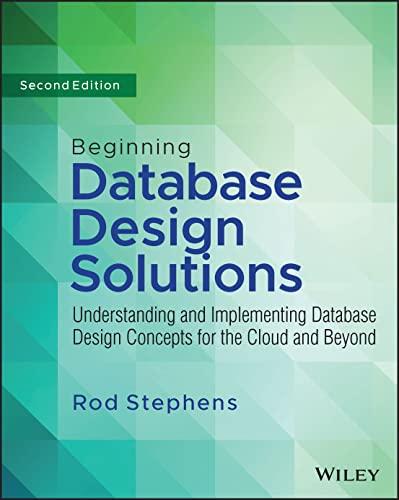Question
DNODE.H FILE #ifndef DNODE_H #define DNODE_H class dNode { private: double data; dNode* next; public: dNode(double); virtual ~dNode(); //for later use of polymorphism, review the

DNODE.H FILE
#ifndef DNODE_H
#define DNODE_H
class dNode {
private:
double data;
dNode* next;
public:
dNode(double);
virtual ~dNode(); //for later use of polymorphism, review the topic again
friend class dStack; // allows dStack for private member access
};
#endif
DNODE.CPP FILE
#include "dNode.h"
// constructor: create a new Node with d as data
dNode::dNode(double data) {
this->data = data;
next = 0;
}
dNode::~dNode() {
}
DSTACK.H FILE
#ifndef DSTACK_H
#define DSTACK_H
#include
#include
#include "dNode.h"
using namespace std;
class dStack {
private:
dNode* topNode;
public:
class StackEmptyException { };
dStack();
dStack(const dStack& copy);
dStack& operator=(const dStack&);
virtual ~dStack();
void push(double);
void pop();
double top();
bool isEmpty();
bool isFull();
};
#endif
DSTACK.CPP FILE
#include //for exit()
#include "dStack.h"
using namespace std;
// constructor: new stack is created. topNode is null.
dStack::dStack() {
topNode = 0;
}
//copy constructor
dStack::dStack(const dStack& copy)
{
dNode* tempNode = copy.topNode;
if(tempNode == NULL) { //same as !tempNode because NULL is 0 in C++
topNode = NULL;
}
else {
dNode* newNode = topNode = new dNode(tempNode->data);
while(tempNode->next) {
tempNode = tempNode->next;
newNode->next = new dNode(tempNode->data);
newNode = newNode->next;
}
}
}
dStack& dStack::operator =(const dStack &original)
{
dStack localStack(original);
dNode* tempNode = this->topNode;
this->topNode = localStack.topNode;
localStack.topNode = tempNode;
return *this;
}
// destructor: free all the memory allocated for the stack
dStack::~dStack() {
while (!isEmpty())
pop();
}
// push a data onto the stack
void dStack::push(double data) {
try {
dNode* newNode = new dNode(data);
newNode->next = topNode;
topNode = newNode;
} catch (bad_alloc &e) {
//e.what(): returns a char sequence for exception details
cout
exit(1);
}
}
// pop the data from the stack
void dStack::pop() {
if (isEmpty())
throw StackEmptyException();
dNode* discard = topNode;
topNode = topNode->next;
delete discard;
}
// read the data on the top of the stack
double dStack::top() {
if (isEmpty())
throw StackEmptyException();
return topNode->data;
}
// is stack empty?
bool dStack::isEmpty() {
return (topNode == 0);
}
// is stack full?
bool dStack::isFull() {
return false; // never, unless memory is full
}
MAIN FILE
#include
#include "dStack.h"
using namespace std;
void stack_test();
int main() {
stack_test();
return 0;
}
void stack_test() {
dStack s1;
// Stack empty test
if (s1.isEmpty()) {
cout
} else {
cout
}
for(int i = 0; i
s1.push(1.1 * (i + 1));
dStack s2(s1);
cout "
for (int i = 0; i
cout
s2.pop();
}
// pop() test: reverses the items
cout "
for (int i = 0; i
cout
s1.pop();
}
// Stack empty test
if (s1.isEmpty()) {
cout
} else {
cout
}
// StackEmptyException test
try {
cout
s1.pop();
}
catch (dStack::StackEmptyException) {
cout
}
dStack s3;
s3 = s1;
for(int i = 0; i
s3.push(1.1 * (i + 1));
}
Project description In this assignment, you will need to implement a program that converts a decimal number to hexadecimal using the ADT stack with a singly linked list. Your program will receive a decimal number from the user and display its equivalent hexadecimal number. Use "Stack using a Singly Link List" program posted on D2L, (create the template Stack class), and make necessary changes to solve the problem. Your code must include exception handlingStep by Step Solution
There are 3 Steps involved in it
Step: 1

Get Instant Access to Expert-Tailored Solutions
See step-by-step solutions with expert insights and AI powered tools for academic success
Step: 2

Step: 3

Ace Your Homework with AI
Get the answers you need in no time with our AI-driven, step-by-step assistance
Get Started


